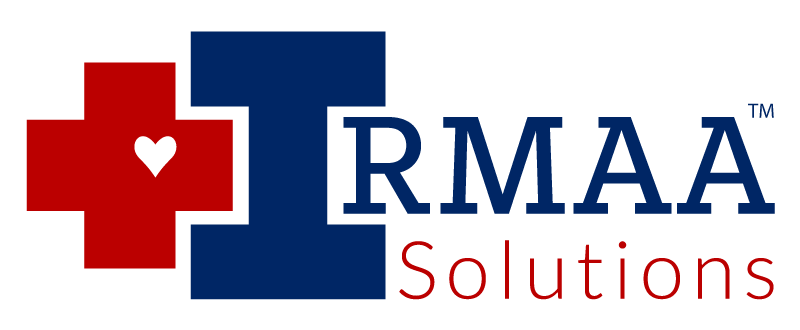It should come as no surprise that the Coronavirus (Covid-19) is changing how Americans will live for what appears to be quite some time and for those who are retired and will retire one of the biggest changes may just be with Medicare.
Medicare, which happens to be the largest provider of health insurance for those retired, is experiencing unprecedented changes not only the way it is funded, but also how it covers the costs of procedures. The result may just be higher Medicare premiums, lower reimbursement rates to healthcare providers, which in turn may increase costs even more later and lower Income Related Monthly Adjustment Amounts (IRMAA) thresholds.
What are the changes:
1. Loss of tax revenue: Medicare, or more specifically, Medicare Part A, which is premium free for those who qualify, is funded mainly through income taxes. With millions of people now out of work the amount of income taxes being collected is expected to be lower.
Why the concern: According to the 2019 Medicare Board of Trustees report by 2025 the trust fund for Medicare is expected to be depleted. In order to ensure solvency either FICA taxes need to be increased, reimbursements rates must be lowered, a higher cost sharing must be passed onto the consumer or a combination of all three must be utilized.
2. Reimbursement increases for Covid-19 patients: Medicare is a reimbursements program, meaning that when a person with Medicare receives care from a provider that provider submits a bill to Medicare in order to be paid.
Historically, Medicare has reimbursed providers at a rate that is lower than what has been requested, but within the CARES Act, Congress has increased reimbursement rates as follows:
- All cases related to Covid-19 will receive 6.2% increase for all costs.
- Discharges for those with Covid-19 will increase by 20%
- All medical equipment used in conjunction for Covid-19 will be covered fully.
Why the concern: Again, the impact is to the trust fund as Medicare must use its reserves to meet these reimbursements.
3. Ease in providing care to Medicare Patients as the CARES Act has waived two key requirements:
1. Physically seeing a patient: Typically, the requirement for providers, in order to be reimbursed for care, is that they must also physically see their patients too. Providers can now use Tele-Health when attending to a patient which may allow them to see more patients than before.
2. Who can see a patient has been expanded: Prior to Covid-19 a Physician or Nurse Practitioner was responsible for tending to a patient, with the CARES Act anyone “certified” at the provider can now attend to the patient as well as submit a bill for reimbursement.
Why the concern: Thankfully, more patients can be seen, which is great, but with seeing more patients comes with the price of paying even more to those providers. With Tele-Health meeting with patients can be easier as well as quicker and with the ability of other “certified” persons being able to see patients the number of claims submitted to Medicare may increase.
What may happen to Medicare in the near future?
The obvious answer, unfortunately, is that premiums and costs like deductibles and co-pays will most likely have to increase at a much higher rate than projected. The option to increase FICA taxes may not be a solution as any increase in any taxes at this time may not be tolerated by the public.
The other alternative that is available is the possible change of the Income Related Monthly Adjustment Amount or IRMAA. Currently, for those who are enrolled into Medicare, if they are earning too much income according to the IRS, they are faced with an added surcharge on top of their Medicare Part B and D premiums.
This surcharge is automatic and is withdrawn from each Social Security benefit for those who are enrolled into both Social Security and Medicare. The great benefit for Medicare is that these surcharges are deposited directly into the trust fund of Medicare.
According to the MBT report roughly 10% to 15% of Medicare beneficiaries are subject to these surcharges. All that is needed to be done to generate more revenue is simply adjust the IRMAA brackets in a way that either lowers the thresholds or increases the amount of the surcharges.
Both not wonderful options for those in and going to be on Medicare, but again with our new normal dubbed Covid-19 this may just be a new reality.


